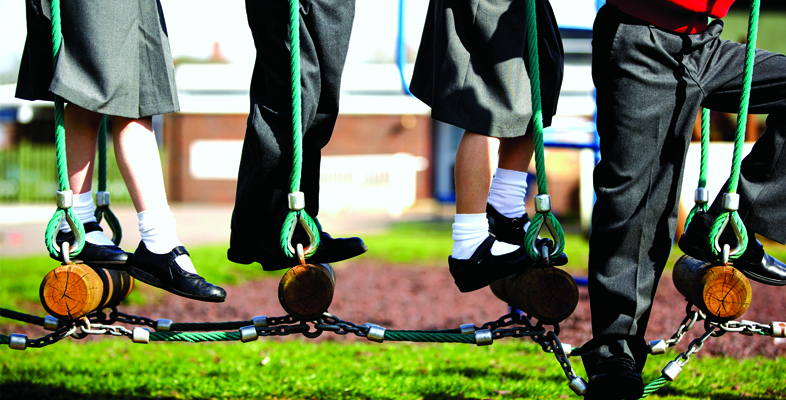4.1 Navigation and algorithms
Programmable toys such as Bee-Bots can be a good starting point for young children. Bee-Bots are simple devices that can be programmed to move around and can be used in a wide variety of ways, from treasure hunts to storytelling.
Activity 5 Making use of robots
Read Kristine Kopelke’s Making your classroom buzz with Bee-Bots: Ideas and Activities for the Early Phase [Tip: hold Ctrl and click a link to open it in a new tab. (Hide tip)] .
What aspects of computational thinking can you identify in some of Kopelke’s examples?
Discussion
Children who are designing and creating their own games and scenarios such as Bot Detectives or Pollen Hunts are exploring algorithms as they continually come across problems that require decomposing, solving and evaluating. Navigation is a task that even very young children understand and is a simple and effective introduction to programming. If children are challenged to navigate the garden or treasure map, they will be required to use their logical thinking and decomposition skills as they write an algorithm. They will need to continually ‘debug’ their program, considering different possibilities to make it to the treasure as quickly as possible.
